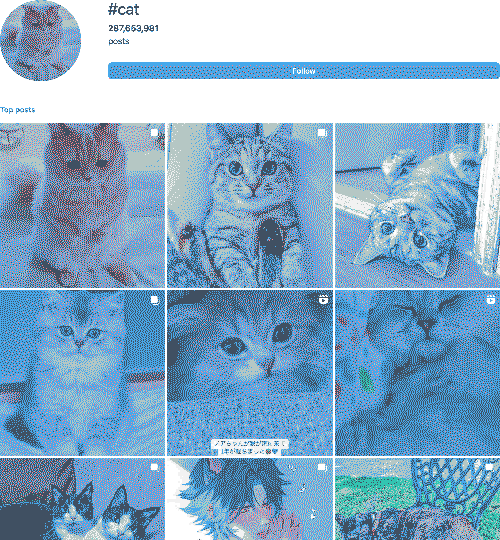Eels have been likened to the phallus due to their elongated shape, even though no phallus is involved in eel reproduction. Nevertheless, in many cultures, eels are considered aphrodisiacs, and in some films and adult content, they are depicted as oversized, animate substitutes for dildos.
Once reduced and extracted, the attention economy objectifies, fetishizes and commodifies visual representations of marginalized identities. Whether it involves cats, K-pop idols, people of color in the Western cultural sector, or any spectacular, beautiful, cute, exotic, bizarre, alien, or otherworldly body, their representation turns into an instrument – a vacuum cleaner or an electromagnet – to accumulate attention.
If so, how much resources do we spend to distribute images of cats on social media? What would be the ecological consequences of this? Where can be the subjectivity of a cat here? How much benefit does a cat gain? Whose motivation facilitates the exchange of these images and which norms does it reproduce? What are the strategies of visual representation beyond commodification that only benefits one side?


💧Extraction by Graphic Design
💧Attention Economy
💧Diagramming Together